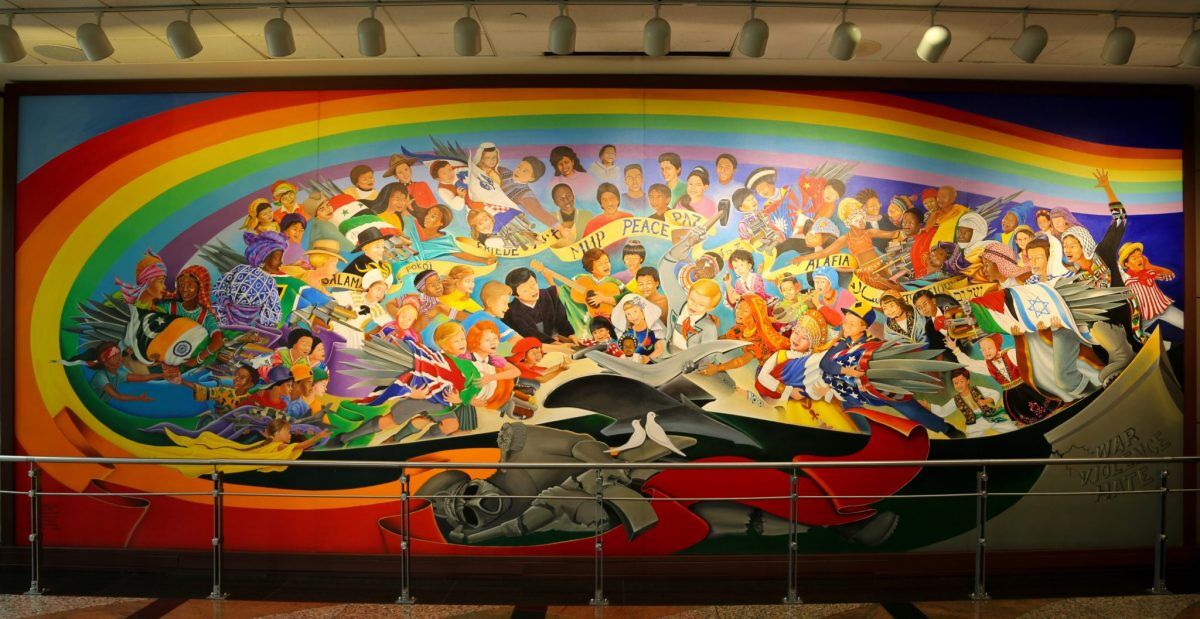The Belgrade Theatre in association with Imagine Theatre present

Jack In The Bean Stock Just For Kids Below
Chapter III is about the stock going skyward to the great kingdom of mythological industrial giants. The stock is what bean counters do in its spare time hence the words bean stock. The stockholder has a slang name bantered about as "every man's Jack" or commonly known as common Jack or better known as common stock. The higher the stock grows the more common Jack becomes relevant. Getting more cattle in smaller spaces came from the "doing more with less" paradigm. The guy who called it an oxymoron was fired. Milk was needed to grow the stock since the bean counter said so. The airplane was built for more cattle and meat hooks were allocated hanging next to the very small WC. In fact, "the do more with less" VP's were busy slapping each other on the back when the oxymoron guy left the building unnoticed.
Chapter IV is an ever ending love for the cow and its milk. After that, the cow is on its own leaving an airport in some sort of yellow conveyance. The CEO's love their milk, hence they love the cow, but will only go so far since the real dependency is on Jack and his common bean Stock. The airplane is built for stock growth and the Airline serves as many cows as can be counted even without having adequate troughs in the WC. The single-aisle "Max" becomes another "oxymoron" and its an American airline idea making the planemaker so very pleased as its stock grows so high and after the bean counters keep counting while the nearby cattle only just moo and low, hanging from its efficient meat hooks for every cow's "comfortable flight"?
The flight attendant read somewhere the latest Max passenger will have a tissue box sized sink fold out of the wall with a push of a red button. It is recommended the passenger should not deploy the sink if standing or sitting in the loo. It could cause great passenger harm if the airplane hits rough air.



